
Warring States period in Japan and its Unifiers

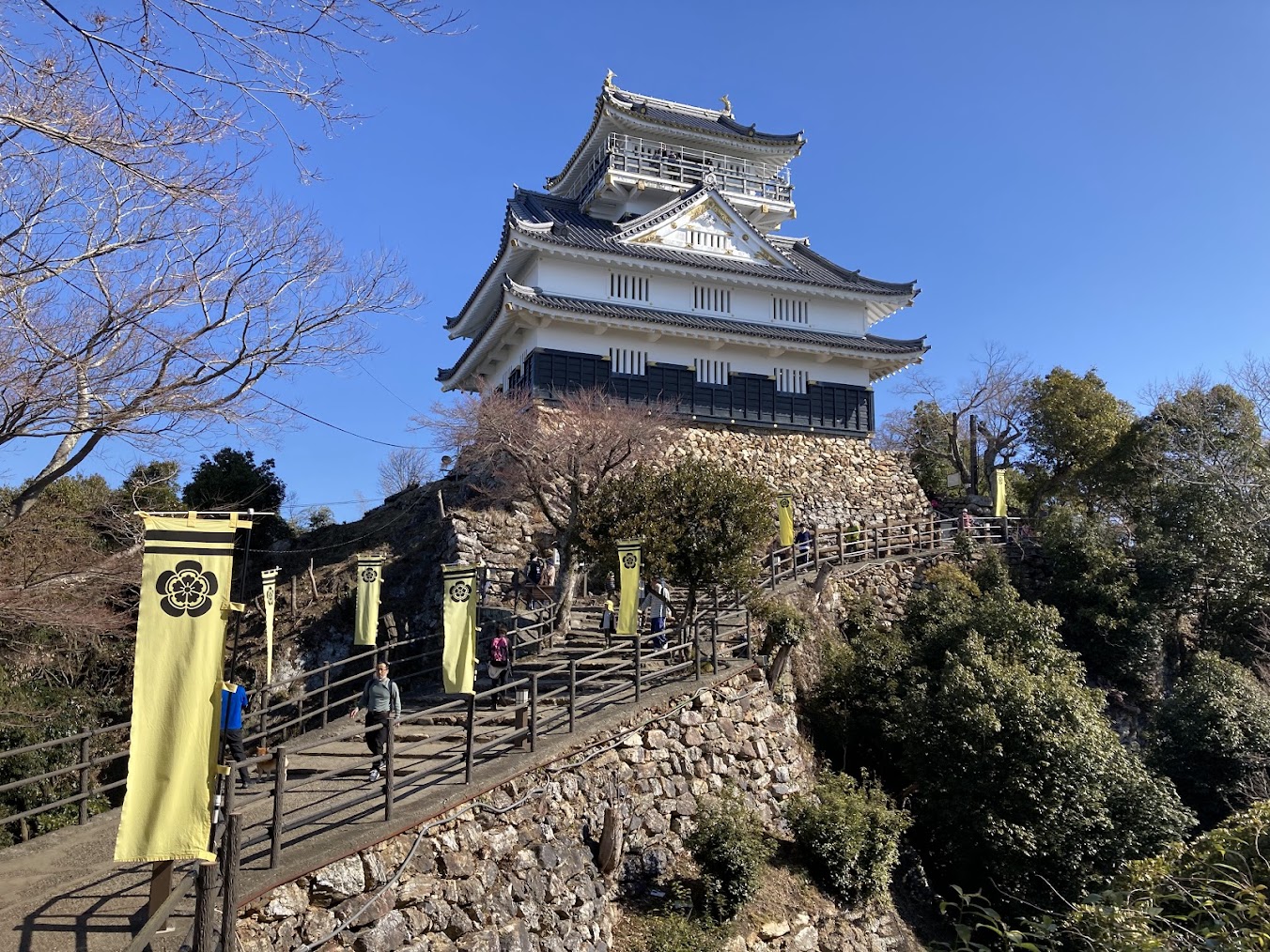
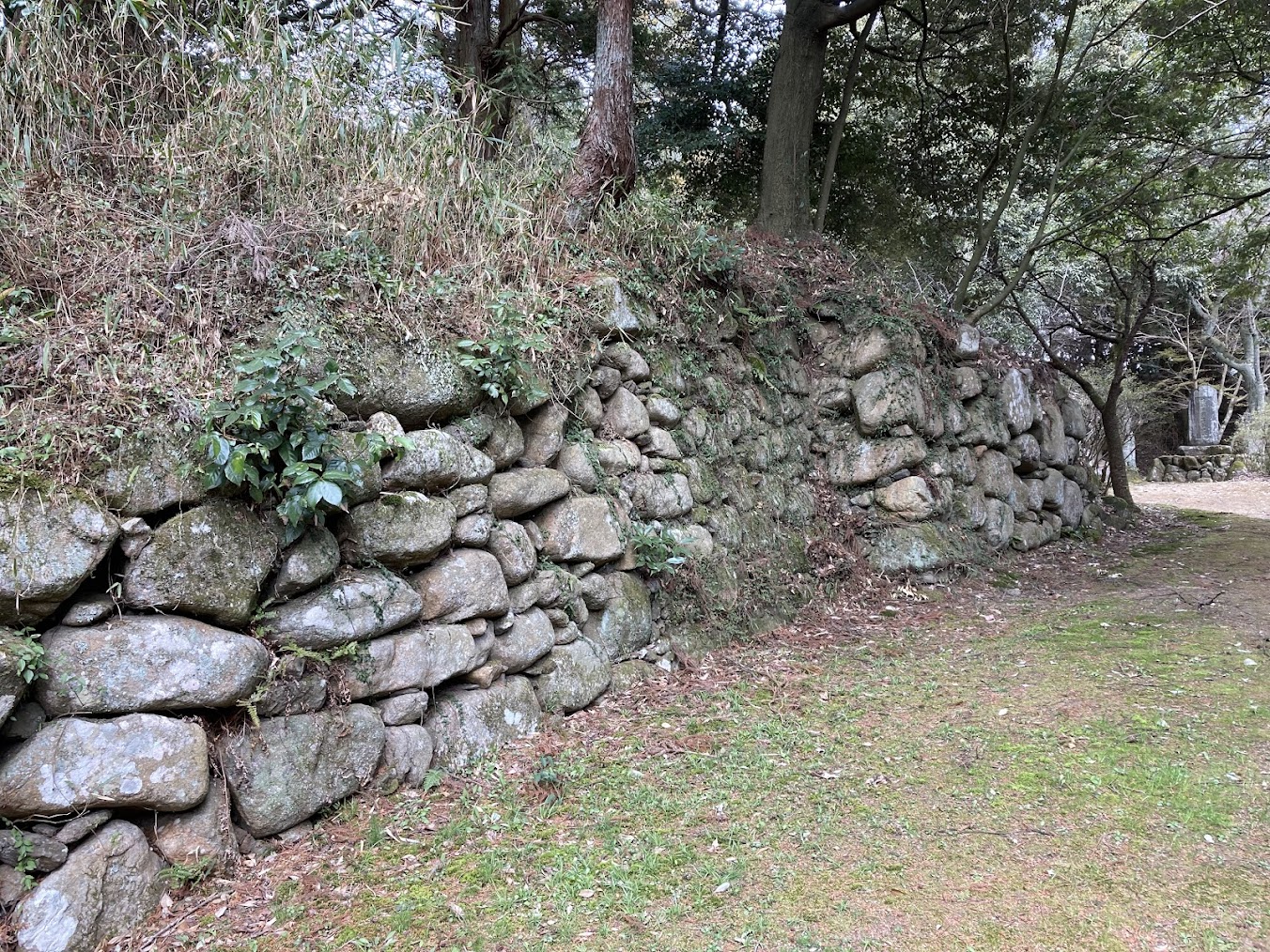
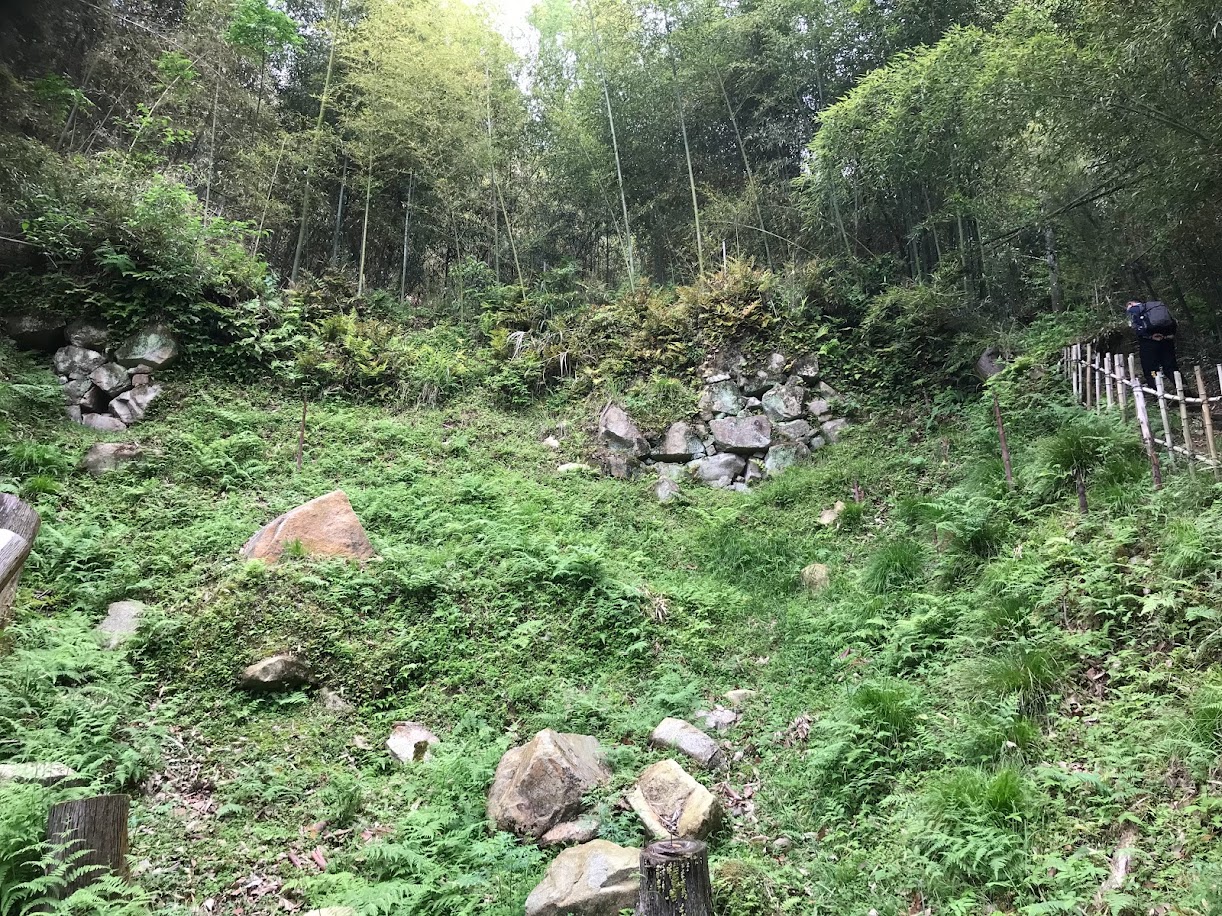

Many castles were built in medieval Japan during the Sengoku period. What is unique from a global perspective is that the architects of these buildings are not limited to powerful people such as feudal lords from the Sengoku period, but also include temples and farmers. The Sengoku period came to an end with the emergence of rulers such as Miyoshi Nagayoshi, Oda Nobunaga, and Toyotomi Hideyoshi. The castles built by these rulers were particularly large, and remain monumental in both architectural technology and Japanese history. This was also the Age of Discovery in Europe, and many missionaries came to Japan. It was the castles of the rulers that became the places where these missionaries and Japanese people met. Castles are also of great value as places of exchange between the East and West.
These medieval Japanese castle ruins maybe registered as World Heritage Sites.
contents
In medieval Japan, there was the Warring States period known as the Sengoku Period. Due to the unstable social situation, many powers known as Sengoku daimyo rose up all over the country, and conflicts continued for over 100 years. In preparation for conflict, the Sengoku feudal lords (Sengoku daimyo) built castles, built towns around their castles, implemented their own policies, and built a power similar to that of a single country. On the other hand, there were also areas that were not under the control of the Sengoku daimyo and were ruled by farmers. Iga and Koga, famous for their ninjas, are representative examples. Their main characteristic was that they were republics linked by Buddhism. The people gathered around Buddhist teachings, such as the Ikko sect, and formed a force equal to that of the Sengoku daimyo. In addition, there were also armed forces formed by Buddhist temples themselves. They had their own soldiers, and the temples were protected by moats and stone walls, functioning like castles. The castles of various sizes that they built tell the story of Japan's Sengoku Period, when Sengoku daimyo, farmers, and Buddhist forces fought each other regardless of their status.
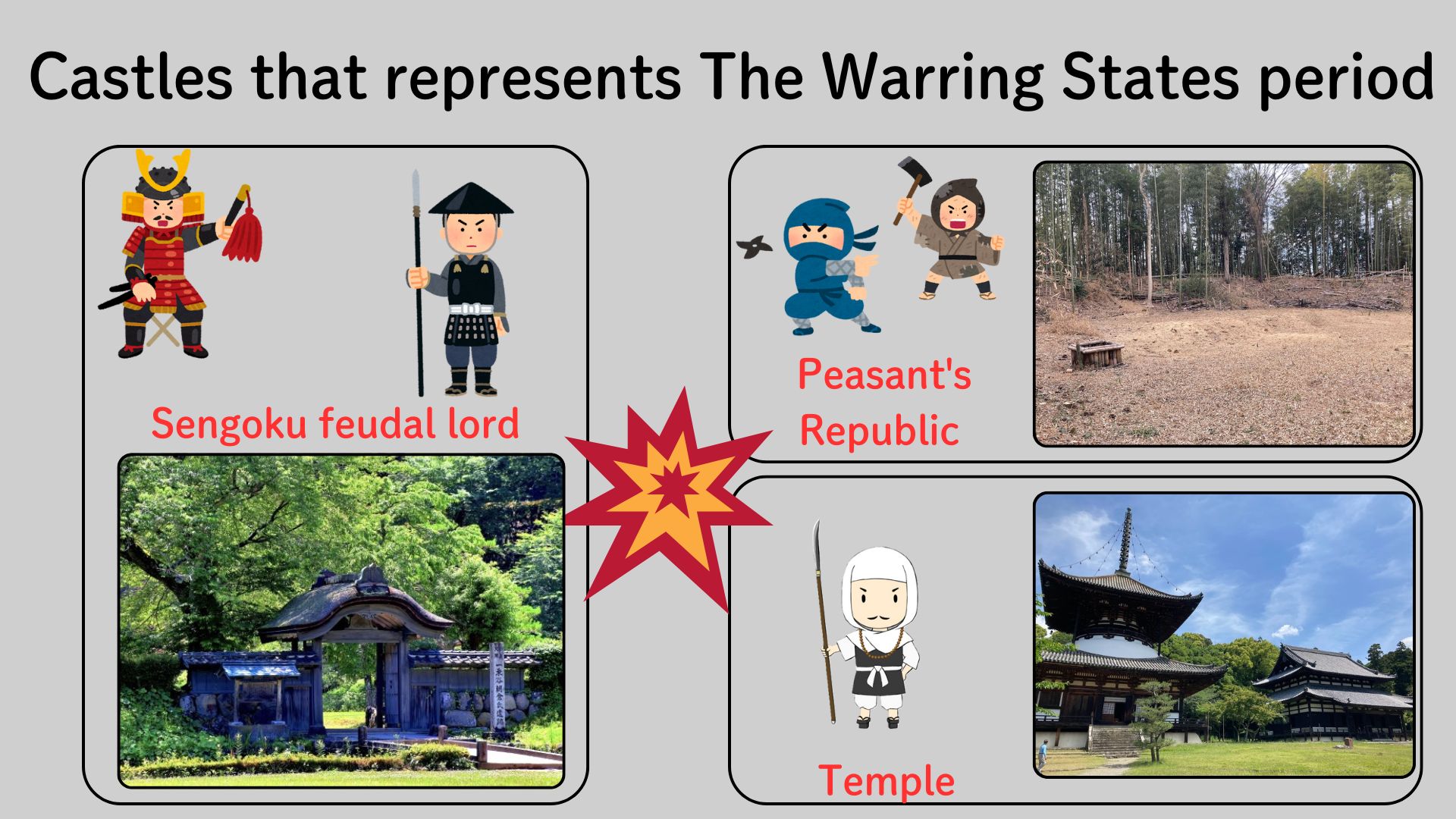
Miyoshi Nagayoshi was the first man to wield enough power during the Sengoku period to be called a "ruler of Japan." He was succeeded by Oda Nobunaga, and then by Toyotomi Hideyoshi. In particular, Oda Nobunaga and Toyotomi Hideyoshi subdued Sengoku feudal lords, temples, and the republican society of farmers through military and economic power. They then built a new centralized state. In the end, Toyotomi Hideyoshi brought an end to the Sengoku period, when people fought each other regardless of status, and Japan reached a major turning point. Furthermore, the castles of these rulers made great strides in construction technology, evolving into structures with stone walls and castle towers. This change would later lead to early modern castles such as Himeji Castle. Moreover, the castles of the rulers of Japan were not only for defense, but also served as a symbol of their power. The ruins of these large-scale castles tell us about the changing times, the development of castle construction technology, and the changing role of castles.
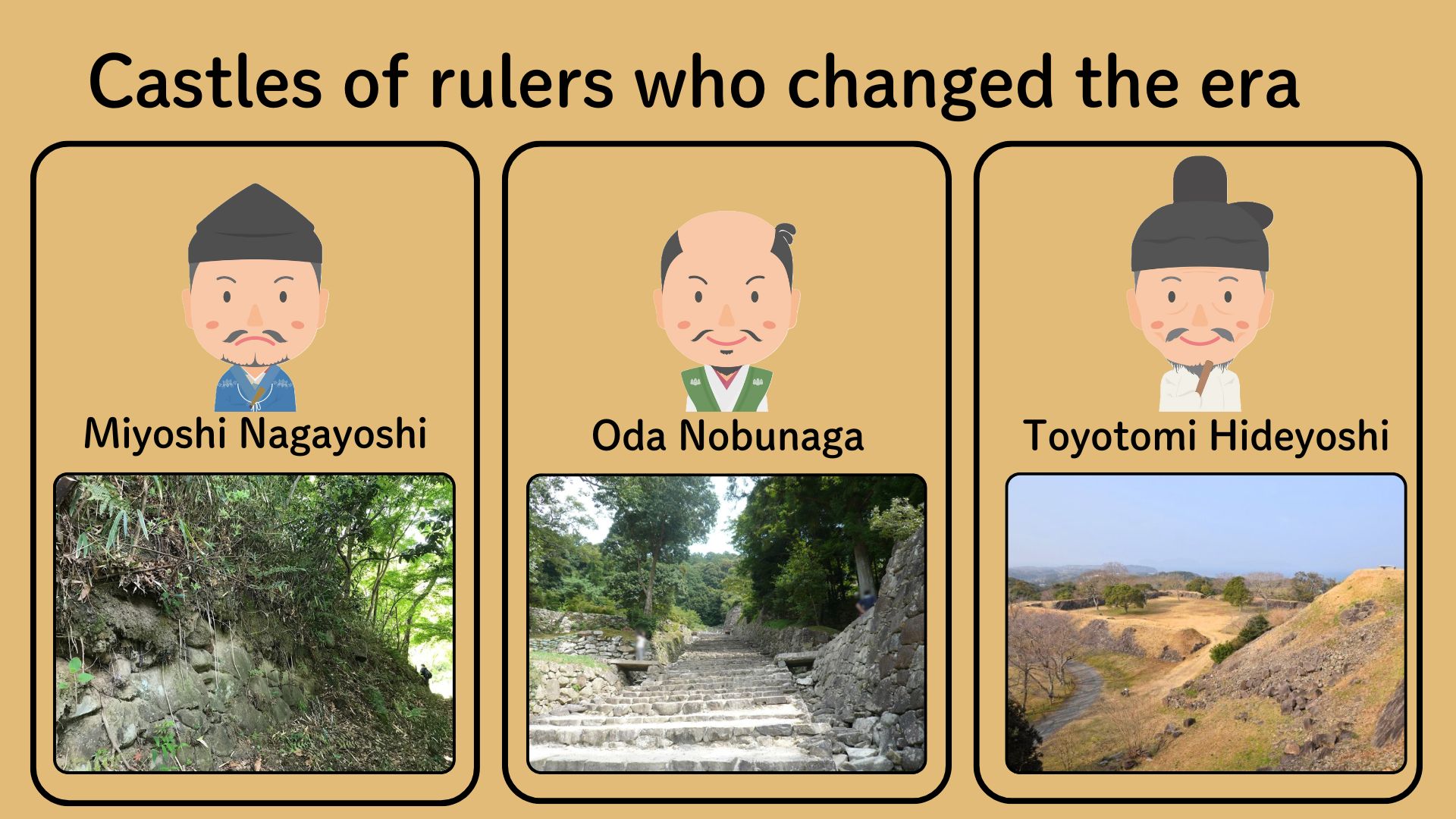
During the Sengoku period in Japan, Europe was in the midst of the Age of Discovery. Spain and Portugal in particular acquired colonies one after another as their missionaries conducted missionary work. Firearms were introduced to Japan from Portugal during this period, and they significantly changed not only Japan's Sengoku period, but also the military balance of power in the world. Furthermore, the diaries of missionaries from Spain and Portugal record the hospitality they received from the rulers of Japan, providing valuable information about the state of Japan at that time. And it was the castles of the rulers that provided this hospitality, in other words the stage for exchange between the East and the West during the Age of Discovery. The castle ruins built by the rulers of Japan are also monuments of great significance in world history.

| Name of cultural assets | Explanation | Photo | Location |
|---|---|---|---|
| Ichijodani Asakura family Site (一乗谷朝倉氏遺跡) |
This is the former home base of the Sengoku daimyo Asakura clan, who ruled over what is now Fukui Prefecture, and is the only place in Japan where the remains of a castle and town from the Middle Ages remain intact. |  |
Google Map |
| Medieval Castles in Koka (甲賀郡中惣遺跡群) |
Koga, known as the home of ninjas, has many small castles were built by ninjas. The photo shows one of them, Takenaka Castle. | 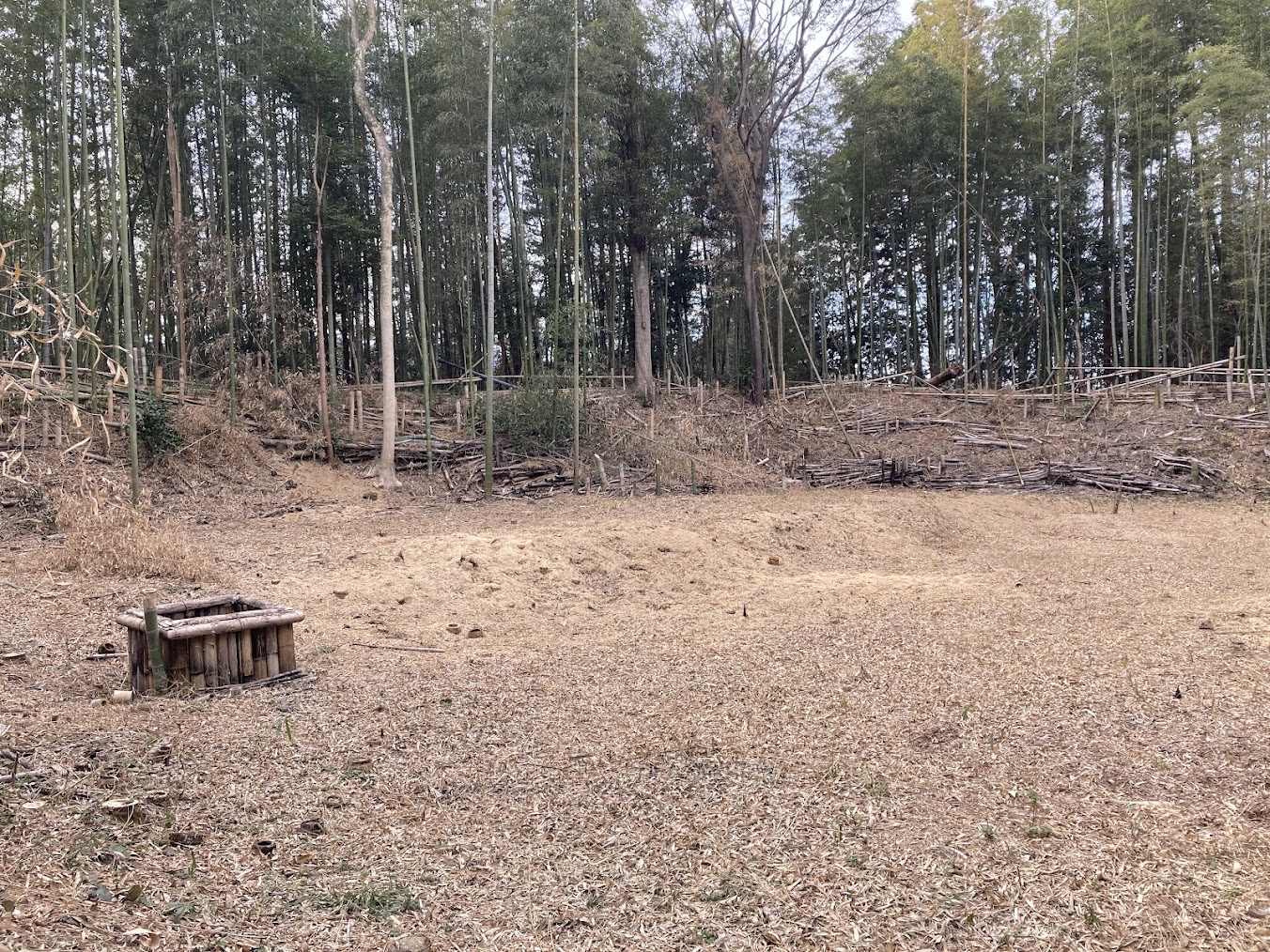 |
Google Map |
| Akasaka Palace (根来寺) |
This temple had warrior monks and a rifle squad and functioned almost like a castle. | 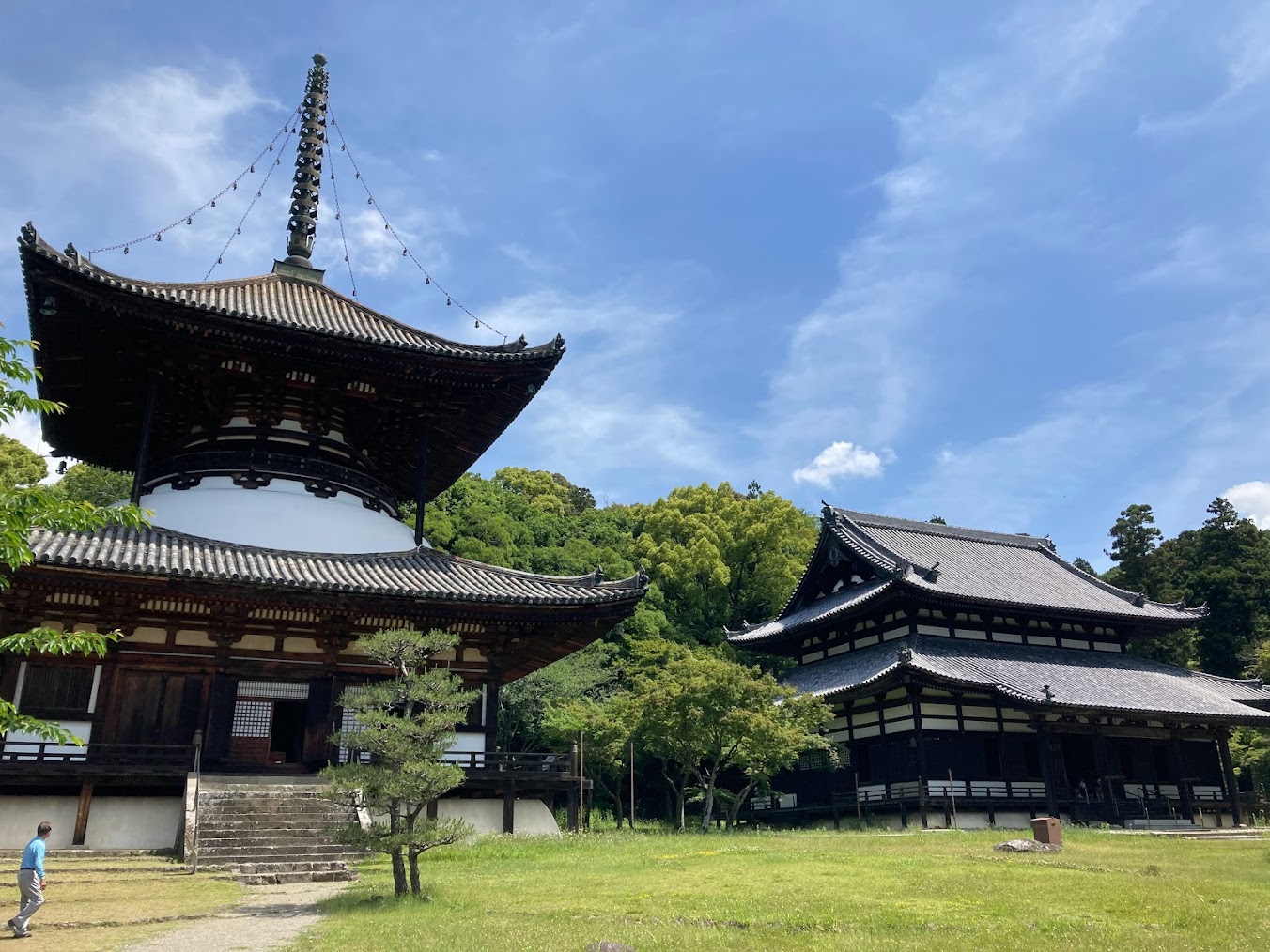 |
Google Map |
| Tokyo Station Marunouchi Building (飯盛山城) |
This was the castle of Miyoshi Nagayoshi, who was known as the ruler of Japan. | 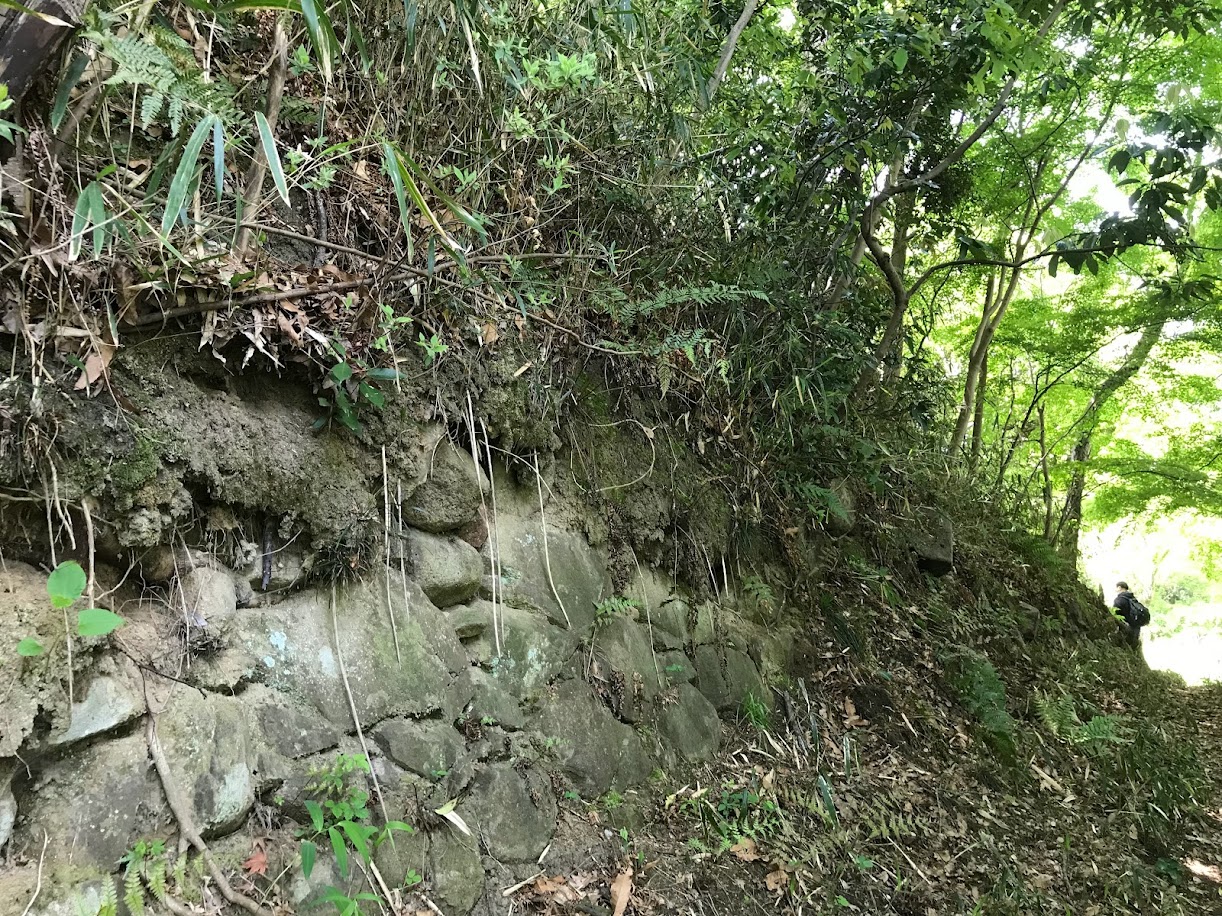 |
Google Map |
| Gifu Castle (岐阜城) |
This is Oda Nobunaga's castle ruins. The castle tower was built on top of the mountain, and a guest house and garden were built at the foot of the mountain. |  |
Google Map |
| Azuchi Castle (安土城) |
This was the remains of a large-scale castle built by Oda Nobunaga. It was the first castle in Japan to have a large castle tower and large stone walls. | Google Map | |
| Osaka Castle (大坂城) |
This is Toyotomi Hideyoshi's castle. What you can see is a different castle from a later period, and the remains of that time are buried underground. | 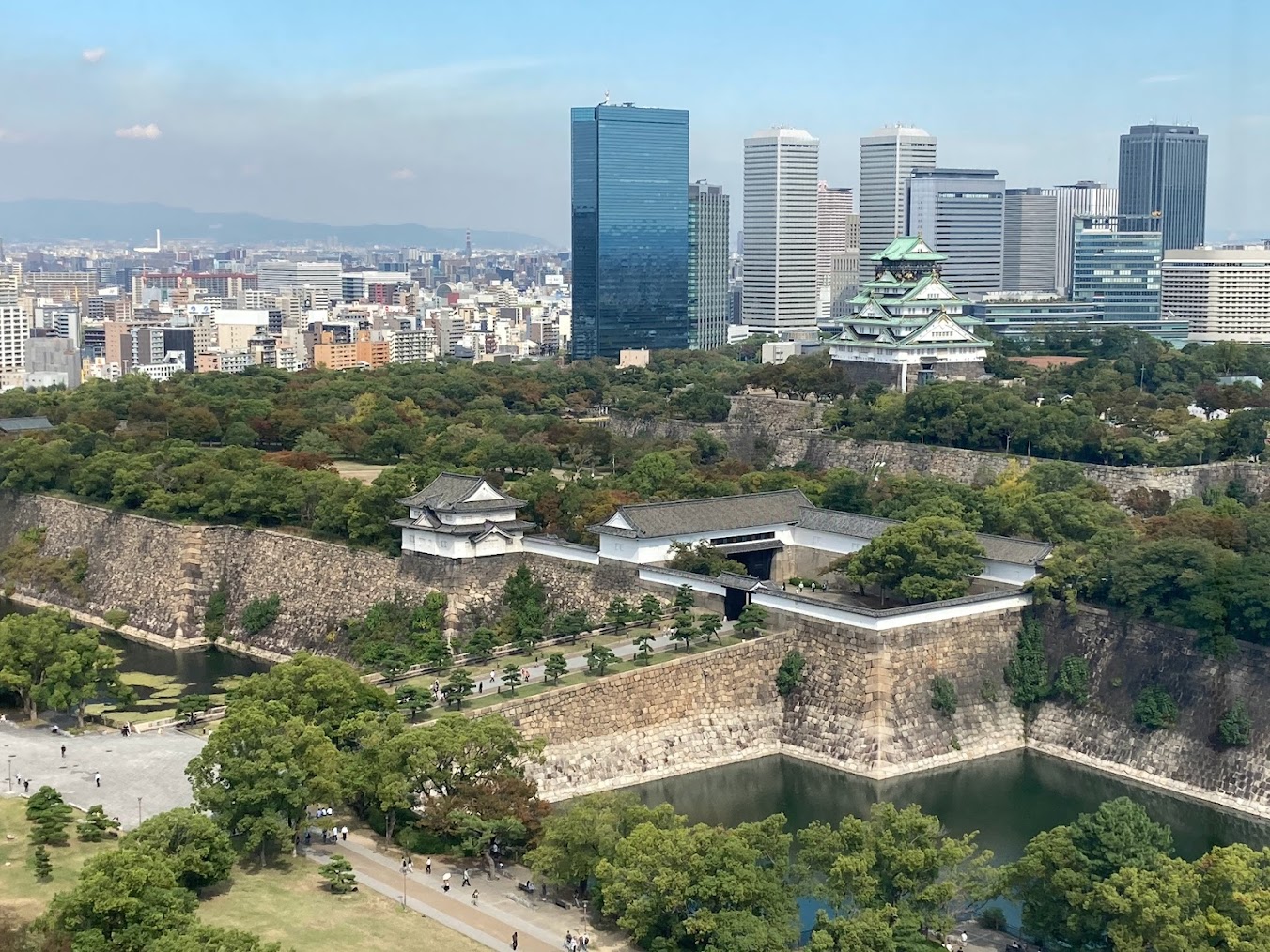 |
Google Map |
| Ishigaki-Yama Castle (石垣山城) |
This castle was constructed when Toyotomi Hideyoshi achieved national unification. The completion of this castle marked the end of the Sengoku period. | 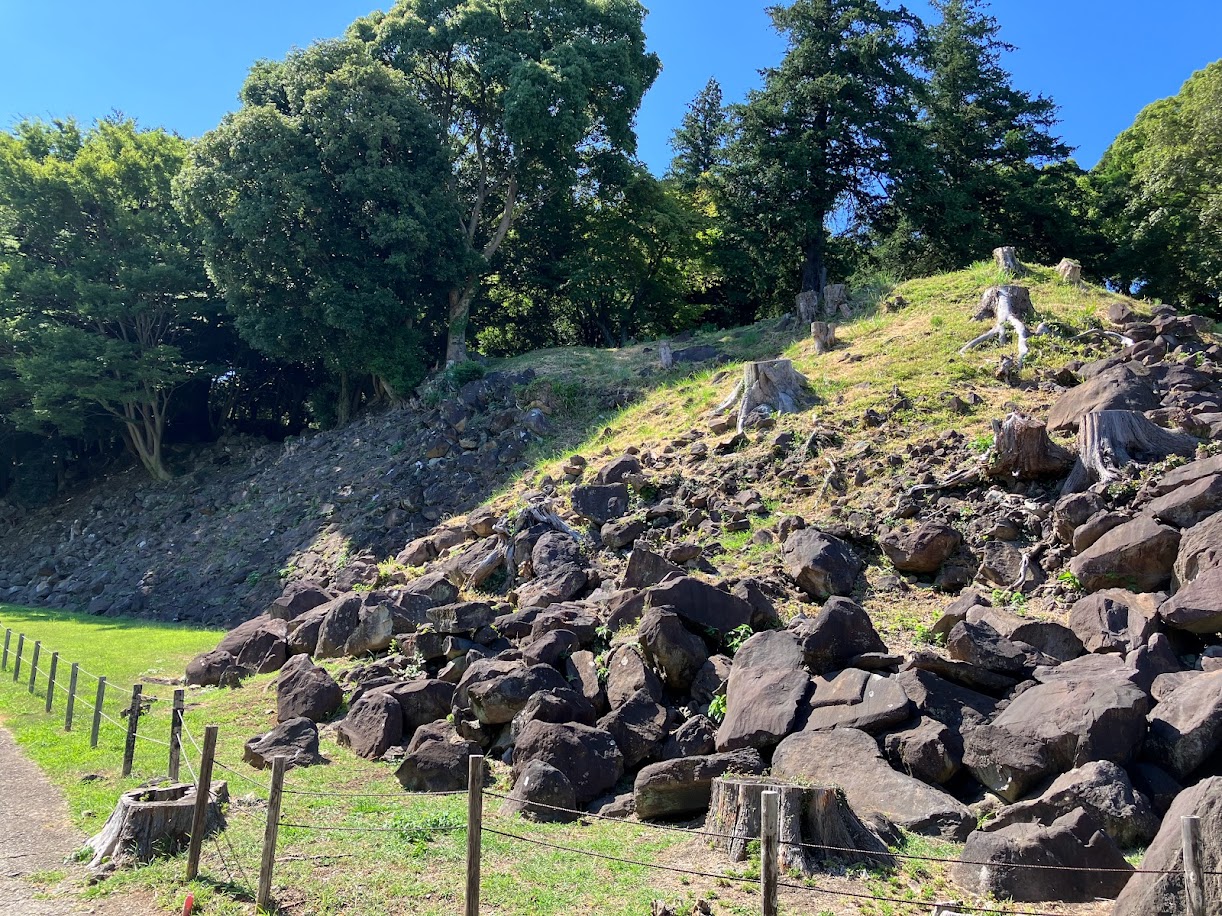 |
Google Map |
| Nagoya Castle in Saga (名護屋城) |
This was the base for the invasion of Korea. It is a large castle whose remains remain intact. This castle is located in Kyushu, not in Nagoya City, Aichi Prefecture. |  |
Google Map |